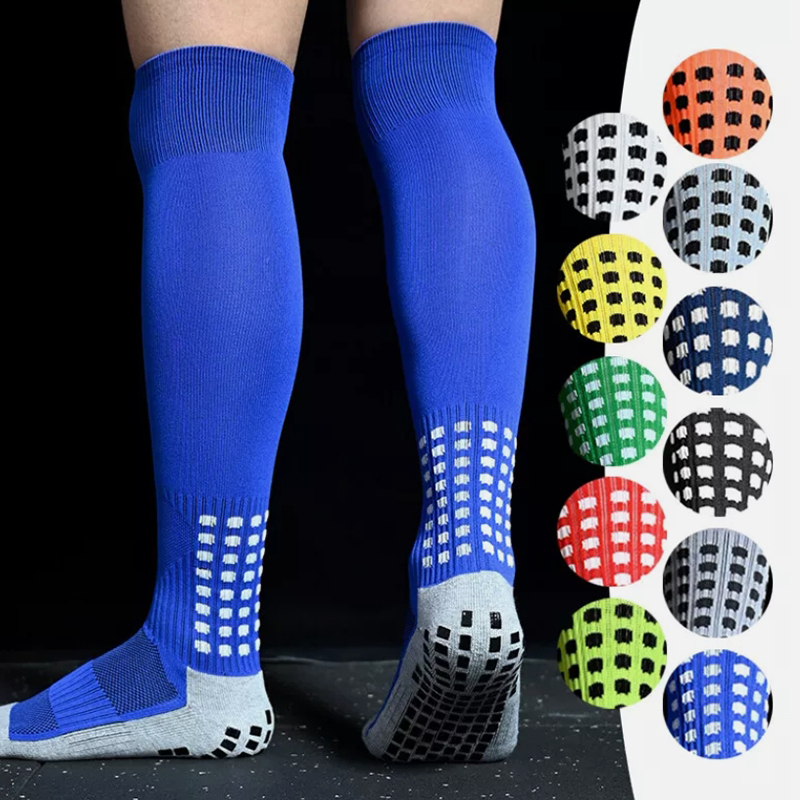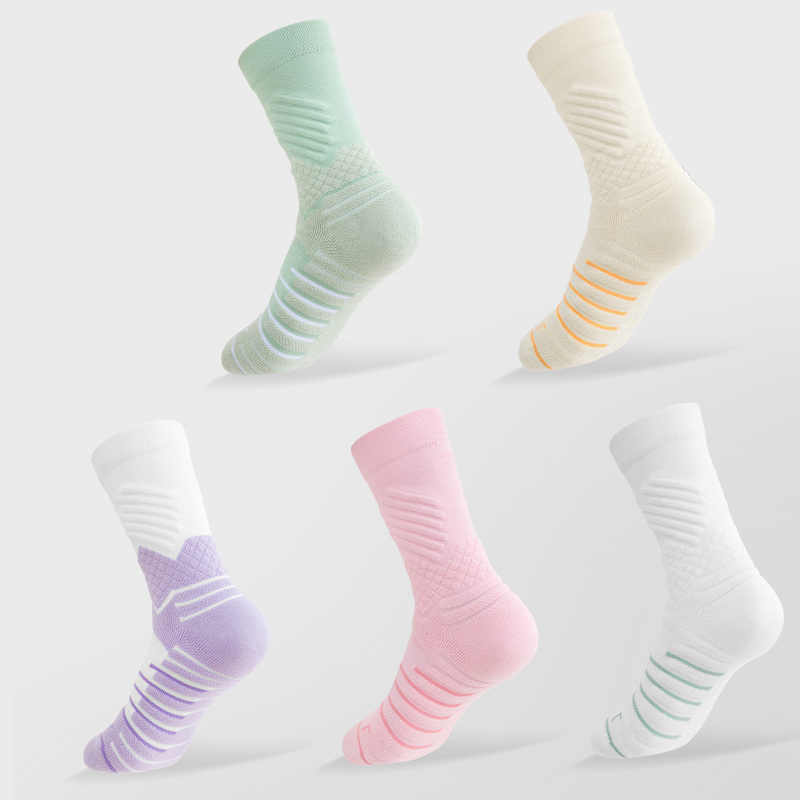Zhushan Shuangjin Road, Datang Street, Zhuji City, Shaoxing City, Zhejiang Province, China
What are the most common wear and tear problems of baby socks during use--01 Dec
How to design baby socks to avoid compressing the ankles or calves--24 Nov
What types of outdoor activities are terry socks suitable for--17 Nov
What are the special features of the anti-slip design in terry socks--10 Nov

- Home
-
Product
Our provided products
Men's Socks Fashion Socks Outdoor Sports Socks Cycling Socks Basketball Socks Football Socks Business Socks Women's Socks Middle Tube Socks Long/Over-The-Knee Socks Sports/Yoga Socks Boat Socks Special Craft Socks Tie-dye Socks Printed Socks Floor Socks Decorative Socks Christmas Socks Large Mesh Socks Obesity Diabetic Socks Pet Socks Sexy Socks Splicing Socks Flat-Knitted Socks Flight Socks Medical Insurance Socks Baby Socks/Children Socks Baby Socks Kids Socks Big Kids Socks Thermal Socks Woollen Socks Thick Socks/Terry Socks Double-Layer Socks - New Product
-
About Us
- Our Advantages
- Our Culture
- Factory Tour
- Certificate
About Us
- FAQ
- Blog
- Contact Us
 English
English
 Español
Español






